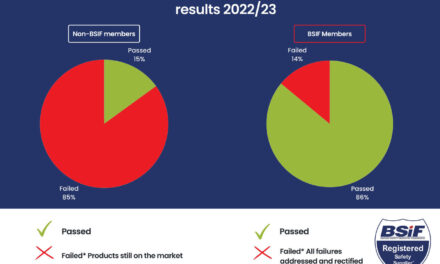According to recent statistics released by HSE, there were 137 workers killed at work in the UK in 2016/17. These statistics are based on a wide variety of industries, such as manufacturing, construction, agriculture, waste, transport and storage, and wholesale and retail trade.
Despite workplace fatalities being on a constant decline in numbers over the past 30 years, due to overall health and safety regulations being improved across all sectors, the most recent statistics highlight the fact that there are still improvements to be made. With 137 workers being killed in the UK in one year, this means there is approximately 1 workplace fatality every 2.5 days.
The statistics released by the HSE found that:
- 72 per cent of the workplace fatalities in 2016/17 were people aged between 16 and 59
- 23 per cent of the fatalities were due to people being struck by a moving vehicle
- 18 per cent of the fatalities were due to people falling from a height
- 15 per cent of the fatalities were due to people being struck by a moving object
Other causes of workplace fatalities in the UK during 2016/17 include contact with moving machinery, contact with electricity, being trapped by something collapsing or overturning, amongst a number of other reasons.
Despite overall health and safety at work constantly improving over time, there are still a number of precautions for employers to take in order to protect their workforce and prevent injuries, accidents and fatalities.
Gary Ellis from CE Safety believes there are a variety of steps to follow in order to avoid harm to employees on a day-to-day basis: “Employers and employees need to prioritise health and safety regulations on a daily basis, as a general part of their job responsibilities. Certain industries are more prone to accidents, injuries and fatalities, and high-risk sectors such as construction, manufacturing and agriculture must understand that health and safety at work is more than just being legally compliant.
“The safety of workers can be improved by simple steps, such as regular health and safety training, as well as having the correct number of first aiders and fire marshals onsite at all times. Furthermore, there are regular checks employers can do in order to help prevent harm to their employees. For example, ensuring workers have the correct PPE at all times and posting proper signage as a reminder of safety procedures in specific places is beneficial.
“The main thing is for employers to ensure that health and safety training, first aid training and fire safety training are all completed by employees in order to keep them as safe as possible; it is more than ticking it off a list in order to be legally compliant. By ensuring regular training is completed and knowing when expiry dates on health and safety course are due for renewal will help to prevent illnesses, injuries and workplace fatalities in the long run.”





